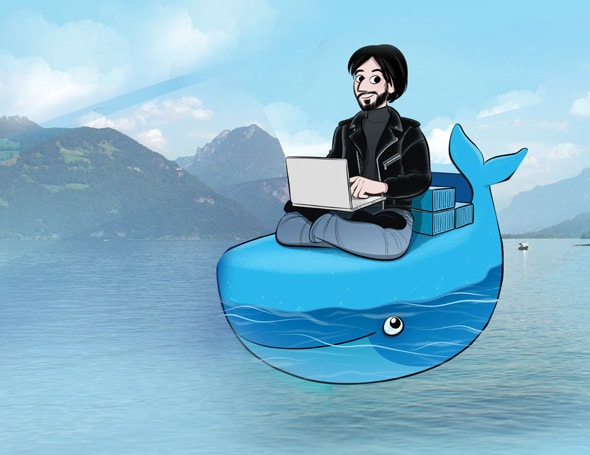
Docker has upgraded its Enterprise Edition to version 17.06. The new update is designed to offer an advanced application development and application modernisation environment across both on-premises and cloud environments.
One of the major changes in the new Docker Enterprise Edition is the support for multi-architecture orchestration. The solution modernises .Net, Java and mainframe applications by packaging them in a standard format that does not require any changes in the code. Similarly, enterprises can containerise their traditional apps and microservices and deploy them in the same cluster, either on-premises or in the cloud, irrespective of operating systems. This means that you can run applications designed for Windows, Linux and IBM System Z platforms side by side in the same cluster using the latest mechanism.
“Docker EE unites all of these applications into a single platform, complete with customisable and flexible access control, support for a broad range of applications and infrastructure and a highly automated software supply chain,” Docker Product Manager Vivek Saraswat said in a blog post.
Role-based access control
In addition to modernising applications, new enterprise-centric Docker has secure multi-tenancy. The latest version allows enterprises to customise role-based access control and define physical as well as logical boundaries for different teams sharing the same container environment. This enables an advanced security layer and helps complex organisational structures adopt Docker containers.
The new Docker Enterprise Edition also comes with the ability to assign grants for resource collections that can be services, containers, volumes and networks. Similarly, there is an option even to automate the controls and management using provided APIs.
Automation with policies
Docker is offering a policy-based automation to enterprises to help them create some predefined policies to maintain compliance and prevent human errors. For instance, IT teams can automate image promotion using pre-defined policies and move images from one repository to another within the same registry. They can also make their existing repositories immutable to prevent image tags from being modified or deleted.











































































